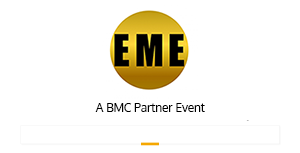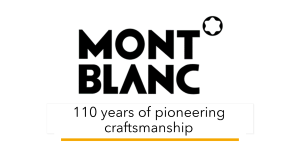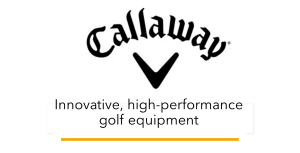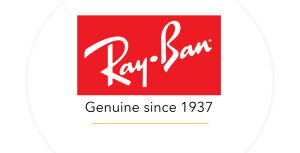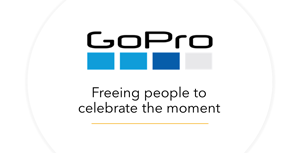The Pitfalls of Procurement in Incentive, Recognition Programs and How to Address Them
A General Failure to Understand the IRR Marketplace
The Correct Approach to Program Evaluation: Value Creation
Click here for EEA sponsors; here to subscribe to RRN weekly, and here for an RRN media kit.
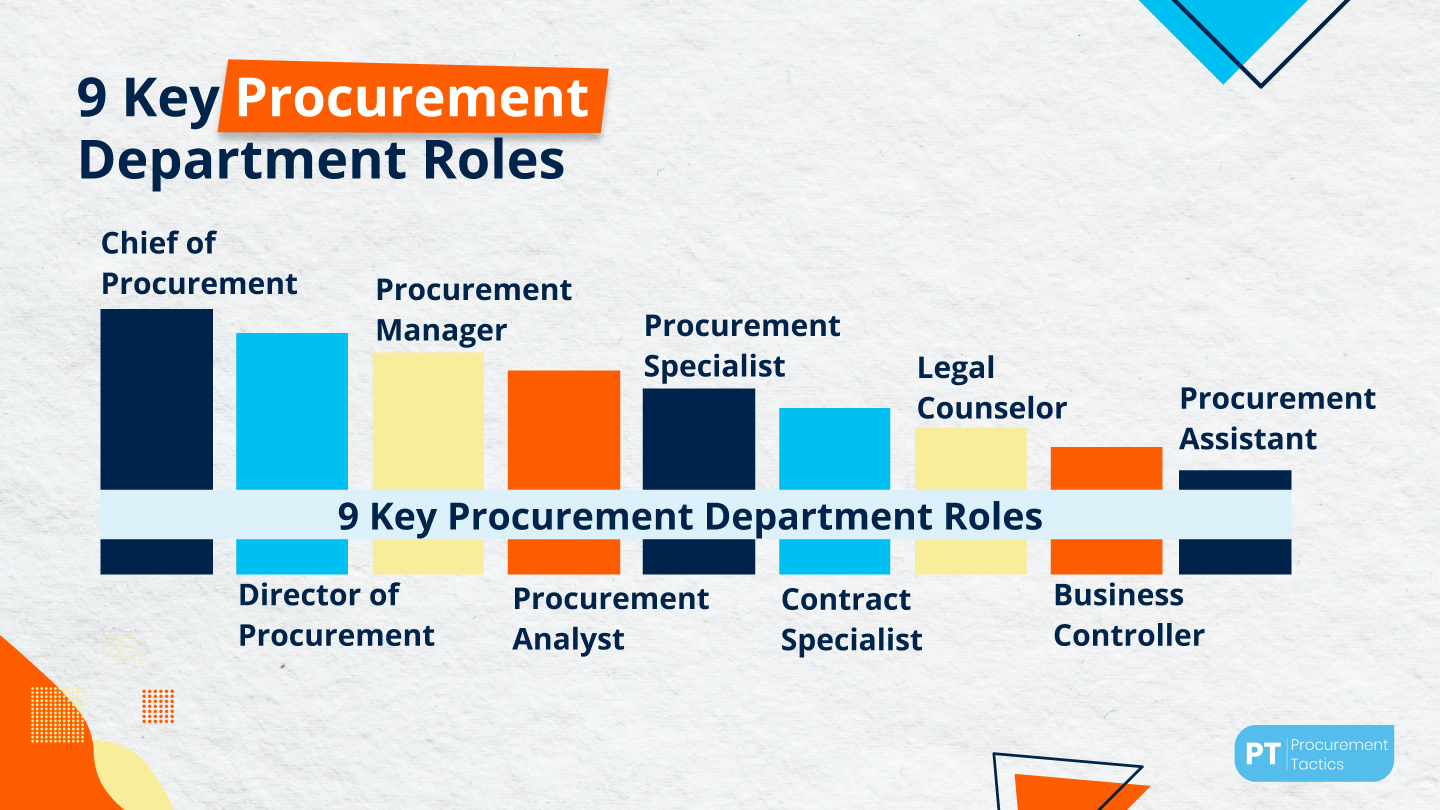
One of the more dreaded requests of both internal incentive and recognition program planners and their solution providers is for a review of their programs by the procurement department. What seems like a perfectly reasonable independent review process often gets clouded by procurement’s general lack of understanding of the field and of middle-level management’s common failure to properly design, document and measure the program in terms of actual value creation to the organization.
Evaluating an incentive and recognition program only on the costs of the technology, rewards, recognition, or other services involved is like evaluating the costs of two automobiles without comparing their horsepower or fuel efficiency, or comparing two law firms without looking at their success track records.
A General Failure to Understand the IRR Marketplace
With little to no knowledge of the incentive and recognition world, procurement departments mostly look at the specifications and costs of the process with no evaluation of the actual anticipated results and how they were or will be measured, let alone the satisfaction of the program planners.
Ironically, this is not necessarily the fault of incentive and recognition firms. The more sophisticated of them are eager to design programs that will drive measurable results but often run into a level of resistance from clients who for one reason or another won’t share the necessary data. Generally, the most common impetus for sharing data is after it is too late—the arrival of a new CEO or CFO seeking justification for the incentive or recognition program.
These circumstances are due to a long-known but little discussed issue in the world of incentives and recognition: a failure to precisely measure results and impact. Often, the organizations most likely to use these engagement tactics do so because competitors use them or because there is a general belief that they improve morale. Incentive trips in particular are oftend used by believers who experience the benefits every year with their top performancers with few other results measures other than that the participants in one way or another "earned" the trip. Most often, reporting focuses more on tracking activities such as participant engagement with the program, including redemption data and employee survey results. Much less frequent, especially in the case of non-sales incentives, is proof that the program created actual value, or that the results wouldn’t have occurred anyway.
The Correct Approach to Program Evaluation: Value Creation
Instead of focusing on the actual results and return on investment for which the incentive and recognition program was effectively purchased, procurement almost always just counts the beans—the cost of the technology, rewards, reports, or extra services, comparing these with other vendor options. In the case of rewards, procurement may find that the cost is higher than the lowest price from Amazon because that is how the solution provider is paid for the services provided to achieve the purpose, goals, and objectives of the campaign. To save a few dollars on the rewards, a procurement evaluation could recommend sending the business to a solution provider with no expertise in effective program design, implementation, and measurement.
A more effective valuation focuses on the value created, outlined in a recent ESM article: Before Cutting or Stalling Incentive or Recognition, Does it Pay to First Assess Impact?
Here are some of the questions procurement departments should ask to better evaluate the value of the contract beyond the cost of technology, merchandise, gift cards, and other out-of-pocket support costs.
What is the purpose, goals, objectives of the program? How specifically are results measured and what is the overall importance of these results to the team or the organization?
Impact on morale and output on the target audience. What tangible effects would occur by putting a hold on the program under the current circumstances?
Engagement metrics. What behaviors or outcomes are being affected by the current effort, such as level of employee, customer, or distribution partner participation in the program; actions generated; achievement of specific goals, etc. Are these metrics tied specifically to organizational financial or other priorities?
Outcome and impact metrics assessment. Are there specific quality, productivity, employee or channel turnover, referrals, human capital return-on-investment, human capital value-add, revenues or costs per employee, customer satisfaction, or other specific metrics being tracked or available for analysis? (Note, most of this data is often accessible to someone in the orgnanization whether it is tracked as part of the engagement effort.)
Impact correlation. Does the program correlate employee or channel turnover, referrals, productivity, training, or other key factors with incentive and recognition efforts? If not, that can usually be done with relative ease retroactively to uncover any potential unintended consequences of eliminating the effort.
Culture process integration. To what extent is the effort essential to reinforcing collaboration, cross-functional cooperation and employee or channel partner experiences conducive to accomplishment of critical goals?
To what extent does the impact align with organizational priorities? Does the effort provide tangible financial results or other impacts that align with current or long-term priorities? Would senior management miss the program if it were eliminated?
Effective implementation. To what extent does design, deployment, and measurement align with practices that leverage current learning, communications, and other engagement processes within the organization to engage people to maximize impact and minimize duplication of effort.
Rewards sourcing evaluation. In the case of programs using merchandise, travel, gift cards, digital or other solutions, including online catalogs, what is the source, business model, and service levels provided measured against effective practices. What is the points breakage model? What are the catalog capabilities in terms of searching and saving products for wish lists?
Engagement technologies. What are the capabilities of the front-end program management technologies in terms of features, participant usage, and return on investment analytics; what are the costs, features, and timelines measured against competitive opportunities.
The potential for engagement repurposing toward new goals. If there is past evidence that an integrated effort that aligns the interests of relevant stakeholders toward a common purpose enhances performance, one might look for cost-cutting or revenue enhancement opportunities worthy of an appropriate pivot from programs rewarding behaviors that would have occurred naturally toward promoting incremental effort or focus.
Enterprise Engagement Alliance Services
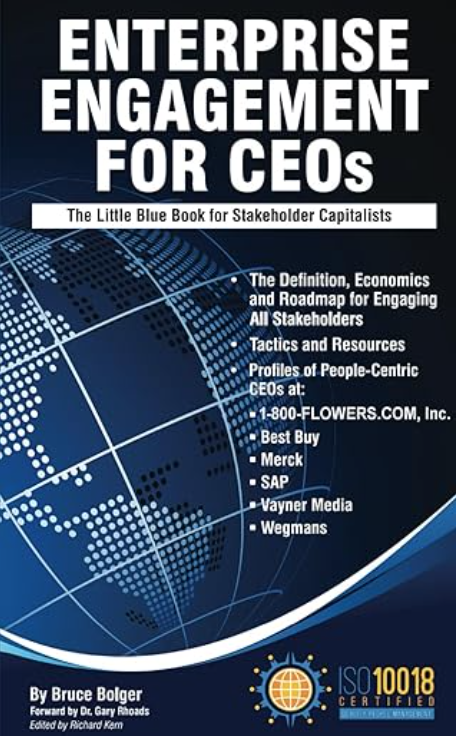
Celebrating our 15th year, the Enterprise Engagement Alliance helps organizations enhance performance through:
1. Information and marketing opportunities on stakeholder management and total rewards:
ESM Weekly on stakeholder management since 2009; click here for a media kit.
RRN Weekly on total rewards since 1996; click here for a EEA YouTube channel on enterprise engagement, human capital, and total rewards insights and how-to information since 2020.
2. Learning: Purpose Leadership and Stakeholder
 Management Academy to enhance future equity value and performance for your organization.
Management Academy to enhance future equity value and performance for your organization.3. Books on implementation: Enterprise Engagement for CEOs and Enterprise Engagement: The Roadmap.
4. Advisory services and research: Strategic guidance, learning and certification on stakeholder management, measurement, metrics, and corporate sustainability reporting.
5. Permission-based targeted business development to identify and build relationships with the people most likely to buy.
6. Public speaking and meeting facilitation on stakeholder management. The world’s leading speakers on all aspects of stakeholder management across the enterprise.





